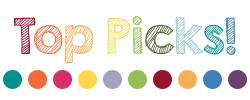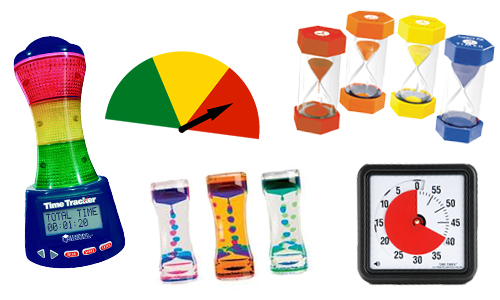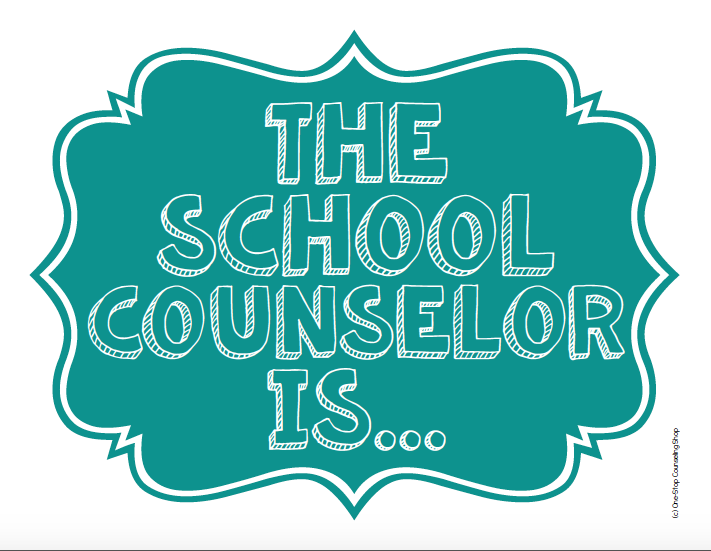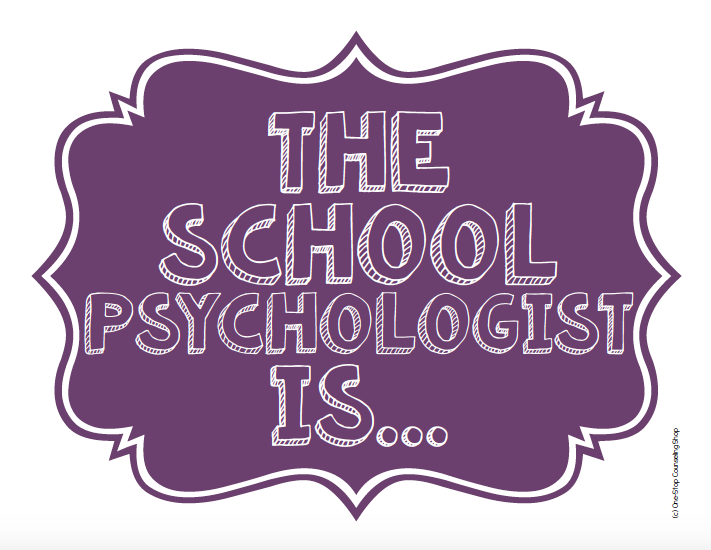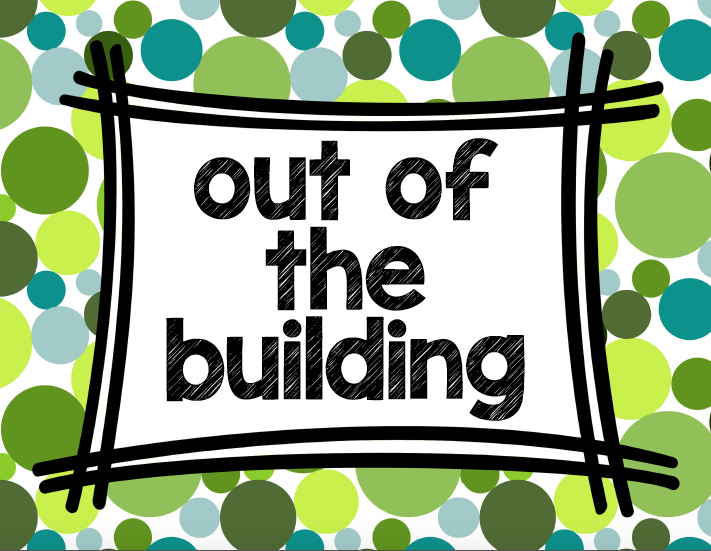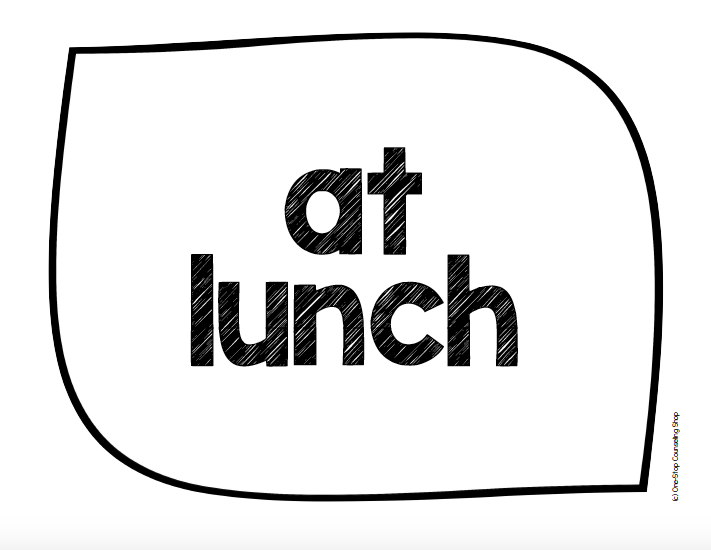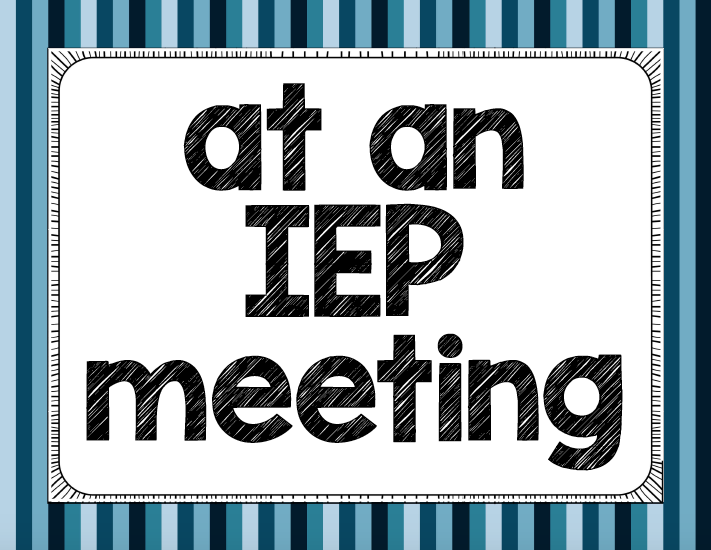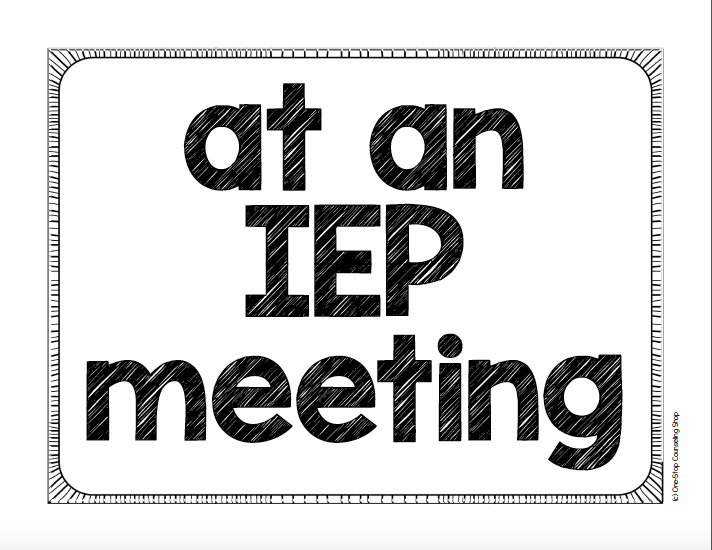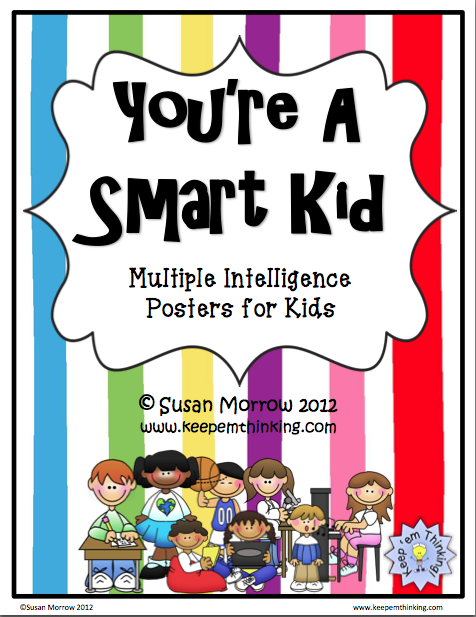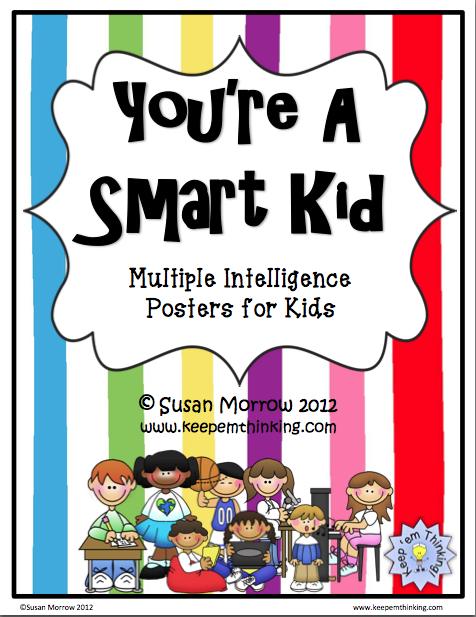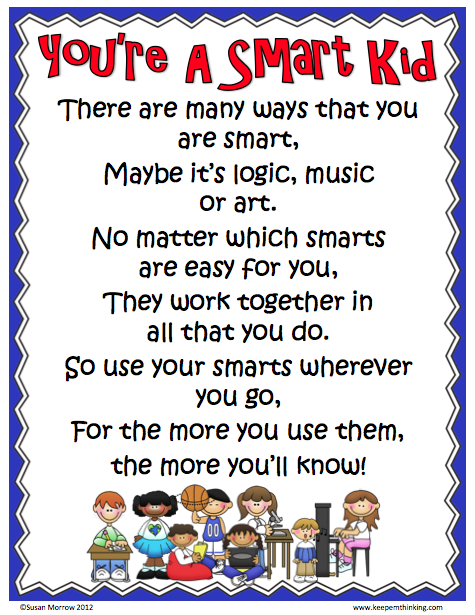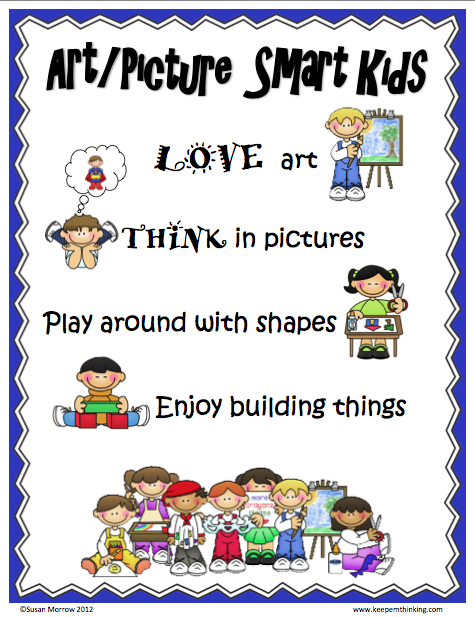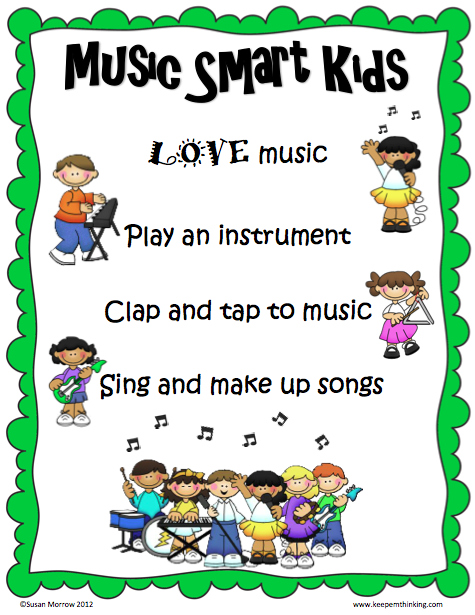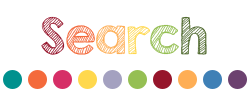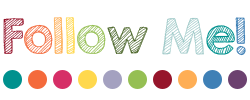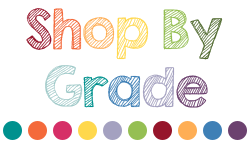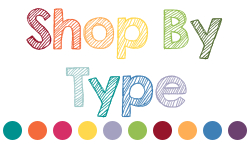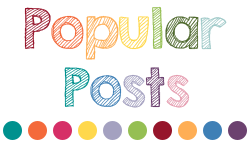
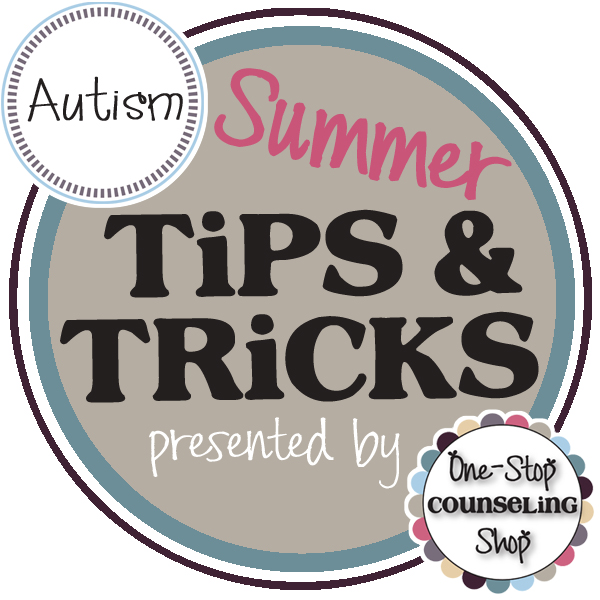
This summer, I’ve writing a blog series focusing on several different disorders that affect children at school: ADHD, Autism, Bipolar Disorder, Depression, Anxiety Disorder, and ODD. Each entry will describe the disorder, give practical strategies for improving success at school, and also a few social-emotional goals and accommodations that might be appropriate for students with special education services!
This time, I’ll be talking about Autism. Once a completely unknown disorder, Autism is now becoming one of the most common disorders for which students receive Special Education services. Current statistics suggest that approximately 1 out of every 88 children (1 in 54 boys) will be diagnosed with Autism (although that’s likely an undercount – especially for populations of color and in girls).
In the past, Autism has one of the five pervasive developmental disorders, which are characterized by widespread abnormalities of social interactions and communication, and severely restricted interests and highly repetitive behavior. Other PDD’s include Rett Syndrome, Childhood Disintegrative Disorder, Asperger Syndrome and Pervasive Developmental Disorder – no otherwise specified.
The diagnosis of Autism covers a wide spectrum, from people requiring a lot of support in their daily life to others with minimal support needs. Every child is unique. Some individuals with Autism only display a few of these characteristics, while others exhibit nearly all of them. Also, some of the following symptoms can also be characteristic of other disorders as well such as Obsessive-Compulsive Disorder, ADHD, or Cognitive Impairments. Autism is characterized by a range or behaviors or impairments in each of the following areas, not a single trait.
Symptoms:
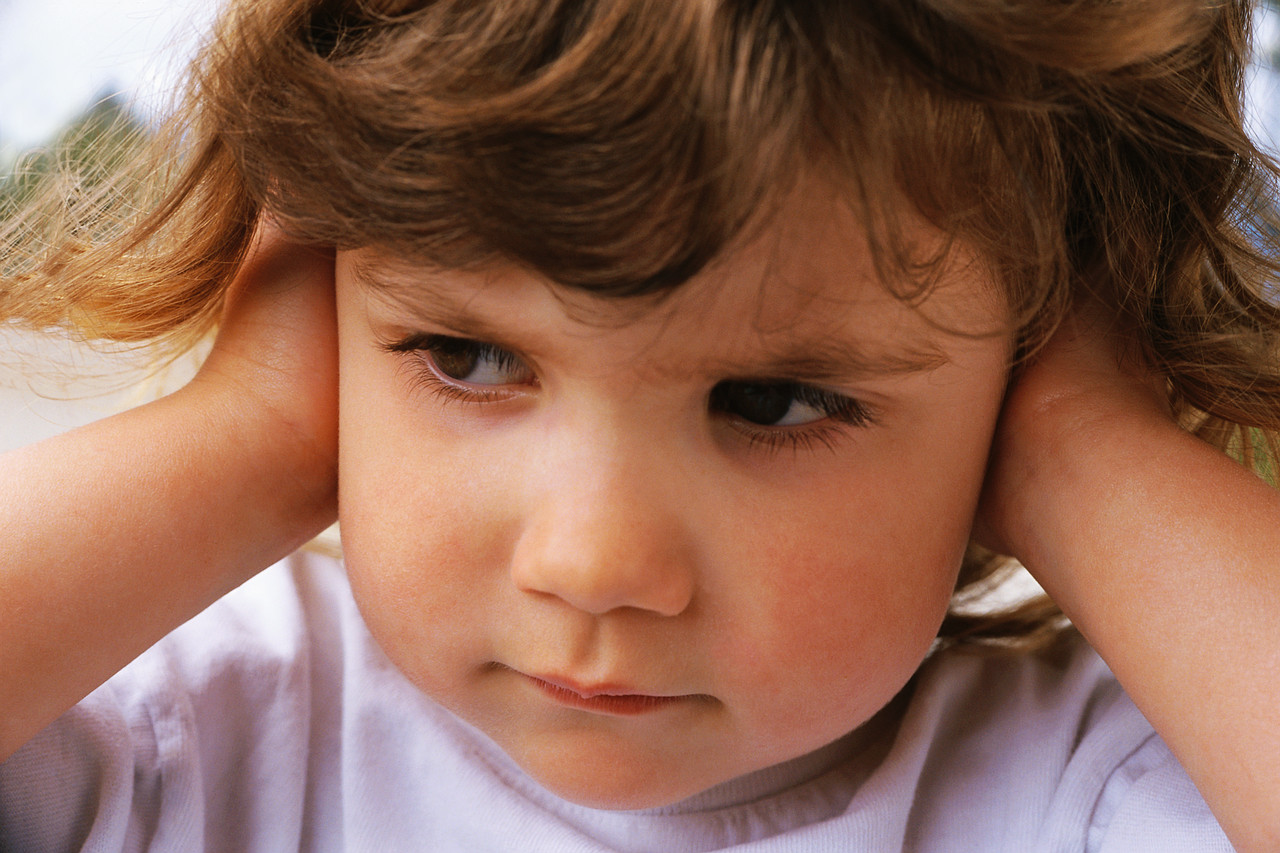
Social Development –
- Pay less attention to social stimuli
- Don’t smile and look at others often
- Little to no response to their own name
- Less eye contact than their same-aged peers
- Exhibit social understanding
- Impaired ability to imitate and respond to emotions
- Delayed language or absent verbal expressive communication
- Difficulty expressing wants and needs in socially appropriate ways
Repetitive Behavior –
- Frequent hand flapping, head rolling, or body rocking
- Compulsive behavior that appears to follow strict rules, such as arranging objects in stacks or lines
- Resistance to change
- Ritualistic behavior involving unvarying patterns of activities
- Restricted behavior that is very limited in focus, interest, or activity, such as preoccupation with a single TV show, toy, game, or subject
- Self-Injurious behaviors such as eye poking, skin picking, hand biting, or head banging
- Echolalia, or repeating words or phrases said by others
Other Symptoms that are sometimes found in students with Autism –
- Sensory abnormalities such as overreacting to loud noises or bright lights
- Deficits in motor coordination
- Unusual eating behaviors such as extreme avoidance or preference for certain foods
- Extraordinary talent or “splinter skills” in one particular area
- Unusual speech habits, such as referring to themselves in the 3rd person past the normal developmental time for doing so
- Frequent meltdowns
Before I go on, I would like to point out that since I am a social worker, my suggestions will focus on interventions to use in a school or home setting. There are many other interventions out there ranging from medications to dietary changes, but I am not an expert in that area, so I won’t be addressing them! On to things to use at home or school:
 Encourage the student to get involved in extra curricular or sports activities in order to boost their confidence and self-esteem
Encourage the student to get involved in extra curricular or sports activities in order to boost their confidence and self-esteem- Keep routines and schedules structured and predictable so the student will always know what to expect
- Provide a way to communicate (ranging from full communication systems to break cards if they need to leave a situation)
- Try a visual schedule. These can be made out of paper and pictures, or you can try one of the several apps for iPads or Droid devices.
- Provide visual reminders of behavioral expectations such as pictures of rules posted on their desk, behavioral charts, etc., or have students act out rules. Simply yelling a student the rules over and over won’t work!
- Color-code materials for different subjects throughout the day to help with organization
- Provide a “cool down” or break area with stress balls or other sensory toys, as well as visual reminders of how to calm down
- Allow students to leave assemblies if noise is too stimulating or to sit in quieter areas to eat lunch
- Use a visual transition timer before transitioning to a new activity
- Use social stories and or other social skills curriculum to teach appropriate social interaction regulation skills
- Talk to other students about disabilities. Since students with Autism have impaired social functioning, they are often excluded from social groups. While being mindful of confidentiality issues, have discussions in your classroom about student differences and explaining that some disabilities are more visible, while others can be more hidden. Be especially watchful for bullying.
- Collaborate with social workers, speech-language pathologists, occupational therapists, or physical therapists to be sure all student needs are being addressed
Sample Goals
- Given small group practice, Mallory will improve her classroom performance from requiring frequent redirection to independently remaining in her seat and following directions.
- Given social skills training, Joey will increase his ability to recognize emotions in others from being unable to label any emotions to correctly identifying happy, sad, mad, and scared in others independently.
- Given a social skills curriculum, Hannah will increase her conversation skills from answering questions from peers with 1 or 2 words to answering with a full sentence with no prompts.
- Given social skills training, Sarah will increase conversation skills with peers from ignoring others to starting, maintaining, and ending appropriate conversations with 2 adult prompts.
Sample Accommodations:
- Break work into smaller pieces
- Allow extended time for assignments as well as frequent breaks which give the student a chance to get up and move
- Don’t allow students to “pick their own groups.” Either assign them, or allow independent work.
- Provide sensory items, swings, or other tools to meet student’s sensory needs
- Present material in visual ways
- Allow students who struggle with organizing their writing to dictate assignments, or record their verbal answers and then write them down
I’ve posted this before, but Ellen Notbohm offers some great thoughts to keep things in perspective when you’re working with students with Autism here. And if you’re looking for activities for your students, check out my Social Skills Activities for Girls and Boys and my 180 Social Skills Cards: The Ultimate Pack! You can also check out my Pinterest Board especially for all things Autism for even more ideas!
Thanks to Wikipedia for contributing to this article!

